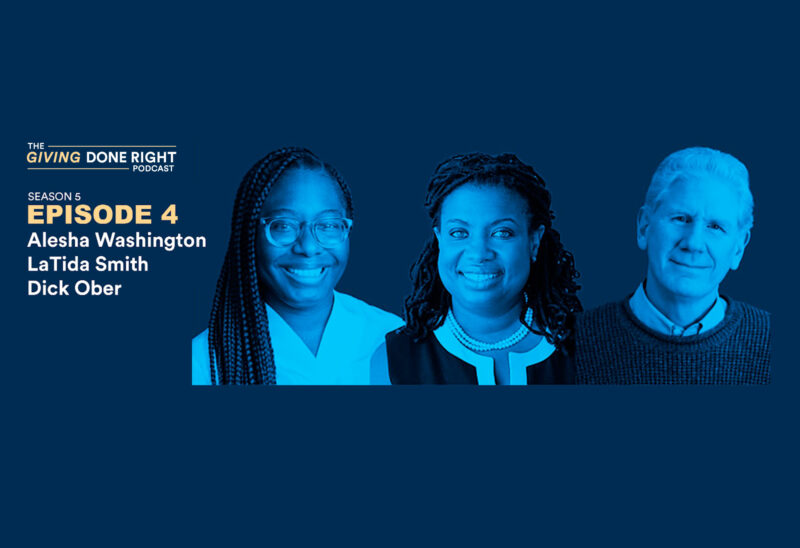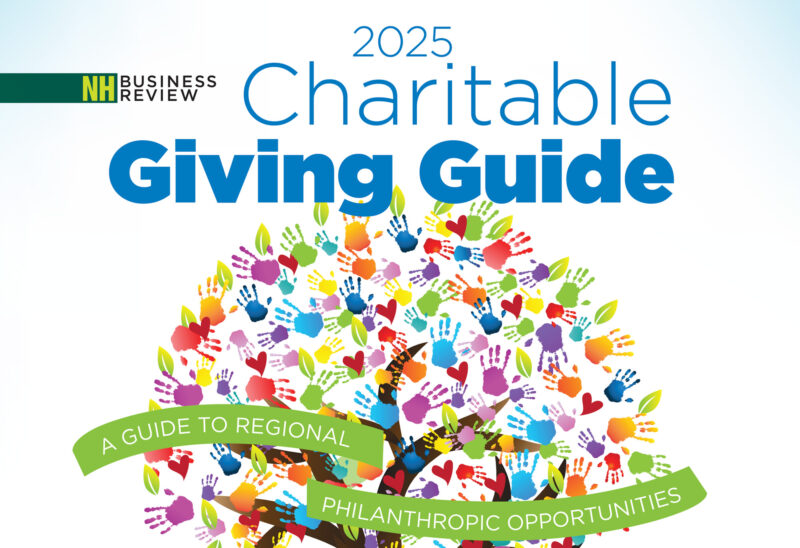When people are donating to charity, cash is typically the first asset they consider giving. In fact, more than 90 percent of all giving in the U.S. is in the form of cash. And, while cash is certainly a welcome gift to support nonprofit work, gifts of other kinds of assets can also help you maximize your charitable impact.
Many kinds of assets can be converted to fund critical work in the community. Consider:
- Appreciated securities: looking at one’s stock portfolio (or mutual fund, or exchange-traded fund portfolio) for highly-appreciated securities is a fine idea when considering a charitable gift. Giving stock directly (rather than selling it and donating the cash) means there is more to give. Because the donor does not incur capital gains tax on the growth, the full value of the securities goes directly to good works, and the donor may be eligible for a charitable deduction for the full amount of the gift. One couple used securities to donate into their donor-advised fund, from which grants have been made for environmental protection, health care, support for LGBTQ+ youth, and more.
- Charitable IRA Rollover: Qualified Charitable Distributions (QCD) have been made permanent, meaning that people who are 70½ or older can request to donate an amount (up to $108,000 in 2025) directly from their IRA without that distribution being subject to income tax. Funds at the Foundation are eligible to receive QCDs, with the exception of donor-advised funds. QCDs can also satisfy a client’s Required Minimum Distribution (RMD) if they are over 73. One generous family created a scholarship at the Foundation using an IRA rollover, which is now helping New Hampshire students pay for college.
- Real estate: Direct donation of real estate, similarly, can make for a donation with a larger impact than a donation made after a sale. One Seacoast couple donated an apartment building to the Charitable Foundation. The building was sold after the donation, and proceeds went into a donor-advised fund – grants from which have been supporting environmental causes and education and helping the homeless. Another family donated a summer vacation home, and created a donor-advised fund which is supporting local arts organizations.
- Closely-held Stock/Business interests/partnerships/interests in LLCs: Closely-held business interests are another asset to consider donating. Structured appropriately, donating such an interest pre-sale can be a tax efficient route to creating a charitable legacy. By donating shares, the nonprofit can sell the shares without incurring a tax burden, the donor can reduce their capital gains tax and typically receive a charitable deduction for the fair market value. After the sale, the proceeds are put to work in our communities. Ultimately, this means more charitable dollars are made available to fund vital services.
- Private Foundation: Most experts agree that when a foundation is $5 million or less, because of regulatory requirements, cost, and administration, converting that private foundation to a donor-advised fund at a community foundation is a good idea. Community foundations administer the funds and help people maximize charitable impact with deep community knowledge, knowledge of the nonprofit sector and ability to attract additional funding to complement your charitable dollars. Additionally, private foundations may benefit from using a DAF in parallel to their foundation to focus local giving, preserve anonymity or benefit from higher deductibility of contributions to a DAF compared with a private foundation.
- Royalties and distribution rights: Artists and inventors receive residual income from their creations. That income can be directed to a nonprofit as a donation. The Foundation receives book royalties from the estate of one author, who wanted to have them continue to do good long into the future. Per her wishes, those royalties support a resident writers’ program at a New Hampshire college.
- Life insurance: There are a variety of ways to donate life insurance to a nonprofit. If fully-funded, the entire policy can be donated to a nonprofit. The nonprofit may decide to receive the cash value, or when the insured passes away, the death benefit would be used per the donors’ wishes to support nonprofit work. Or, a donor may wish to increase the amount they can give by taking out a new policy on their life but naming the Foundation the owner and beneficiary of the policy. The donor would make gifts to the Foundation annually to cover the premium, and when they pass a significant charitable gift would be realized. One donor recently purchased a new survivorship insurance policy with a premium of $27,000, which will become a gift of $1,000,000 later. Another couple used this opportunity to create a charitable legacy to pass on to their children.
While cash is a terrific asset to use for making charitable donations, it is also important to know that there are ways to donate illiquid assets that often lead to even greater charitable impact, and potential tax savings.
Your trusted CPA, wealth advisor, attorney, or real estate expert can help you make an informed decision about whether or not to consider such an asset for donation. Philanthropic Advisors at the New Hampshire Charitable Foundation are available to speak with you and your advisors about ideas for maximizing your giving for the organizations and issues you care about most.
This article is informational and educational in nature. It is not offering professional tax, legal, or accounting advice. For specific advice about the effect of any planning concept on your tax or financial situation or with your estate, please consult a qualified professional advisor.



















